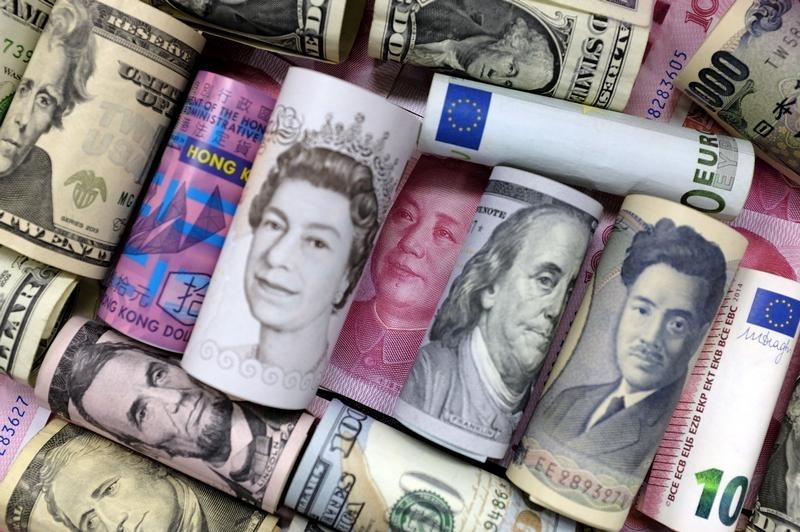Verizon to cut 15,000 jobs amid growing competition pressures - WSJ
Investing.com - The copper market is shifting focus back to supply-demand fundamentals following the Trump administration’s implementation of new tariffs on August 1. The 50% tariff affects U.S. imports of semi-finished copper products and copper-intensive downstream goods, while cathodes and input materials received exemptions.
Several major miners have recently updated their 2025 production guidance, with Nornickel and Teck Resources lowering their forecasts while Glencore maintained its previous guidance. Current market conditions show tight supply, low smelter treatment charges, and declining inventories outside the United States, factors that may contribute to reduced refined output.
Demand indicators present a mixed picture, with manufacturing purchasing managers’ indexes in key economies remaining below the 50-point threshold that separates expansion from contraction, partly reflecting the impact of new tariffs. Despite these headwinds, copper demand is expected to improve through the remainder of 2025 and into 2026, supported by lower policy rates and continued fiscal spending.
The energy transition continues to drive steady demand growth for copper, while policy support in China is anticipated to help sustain domestic consumption. Market projections indicate a deficit of 53,000 metric tons in 2025 and 87,000 metric tons in 2026.
UBS maintains a positive outlook on copper prices, forecasting levels above $10,500 per metric ton by mid-2026 and suggesting that any price pullbacks should be limited and could present buying opportunities for investors.
This article was generated with the support of AI and reviewed by an editor. For more information see our T&C.
